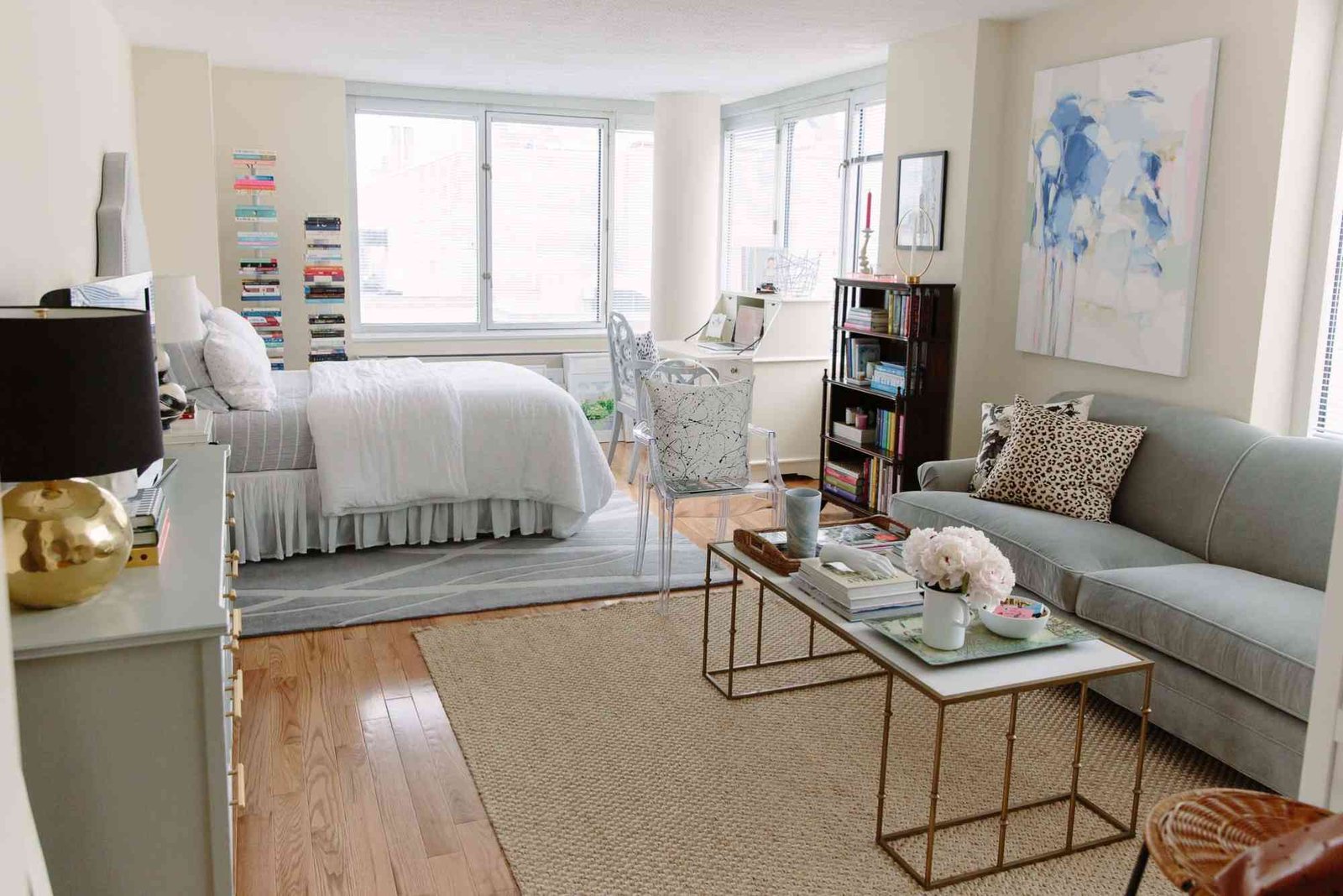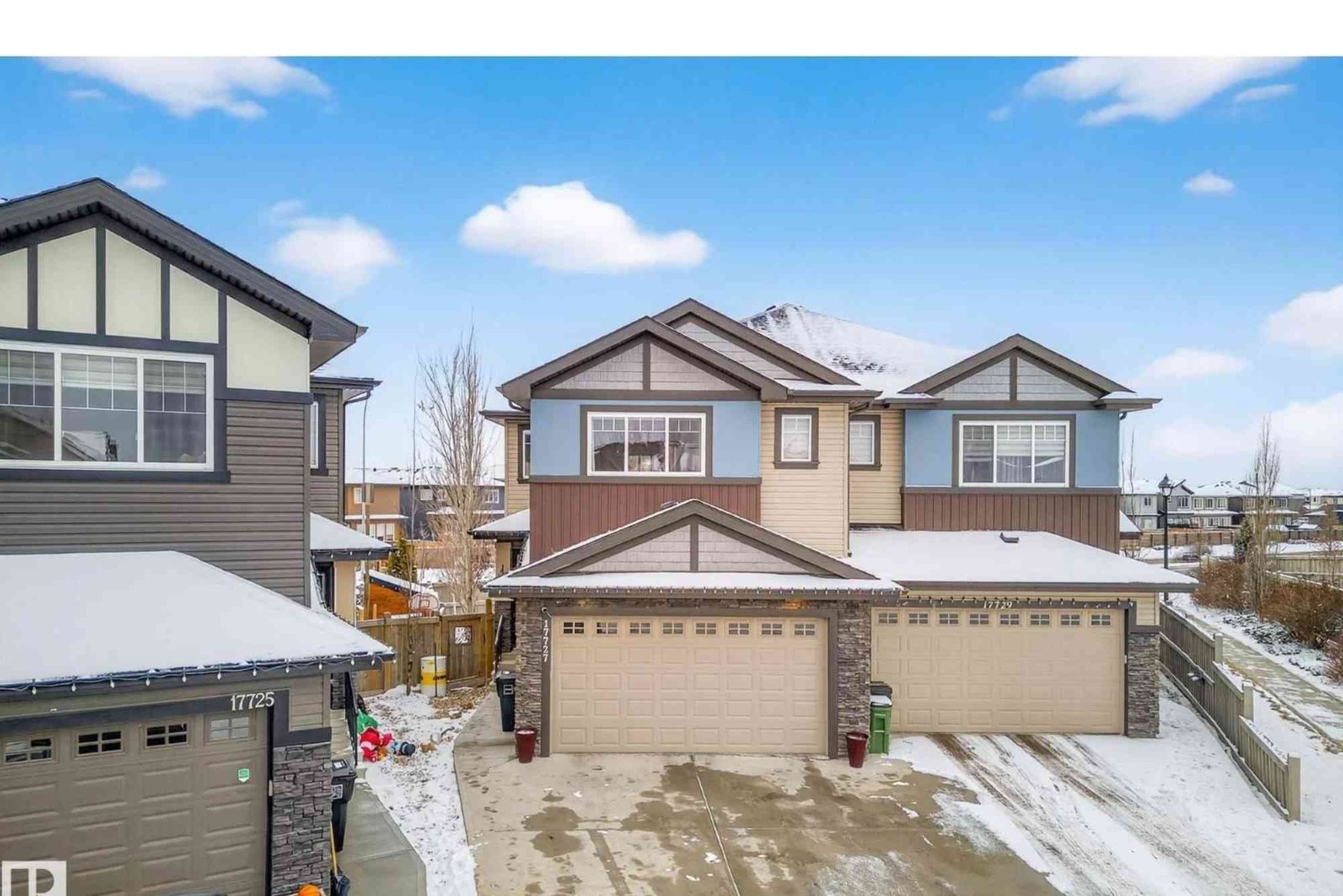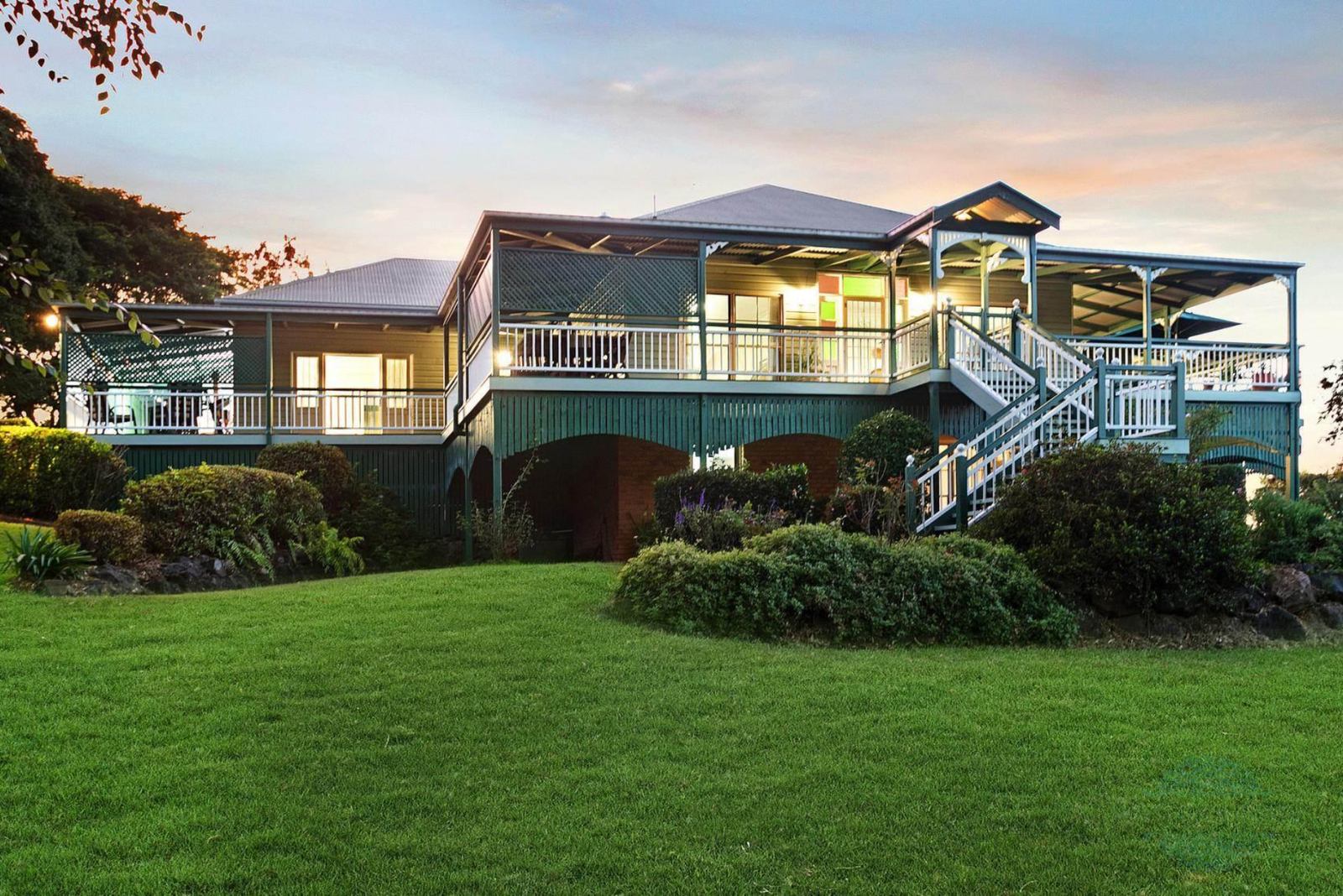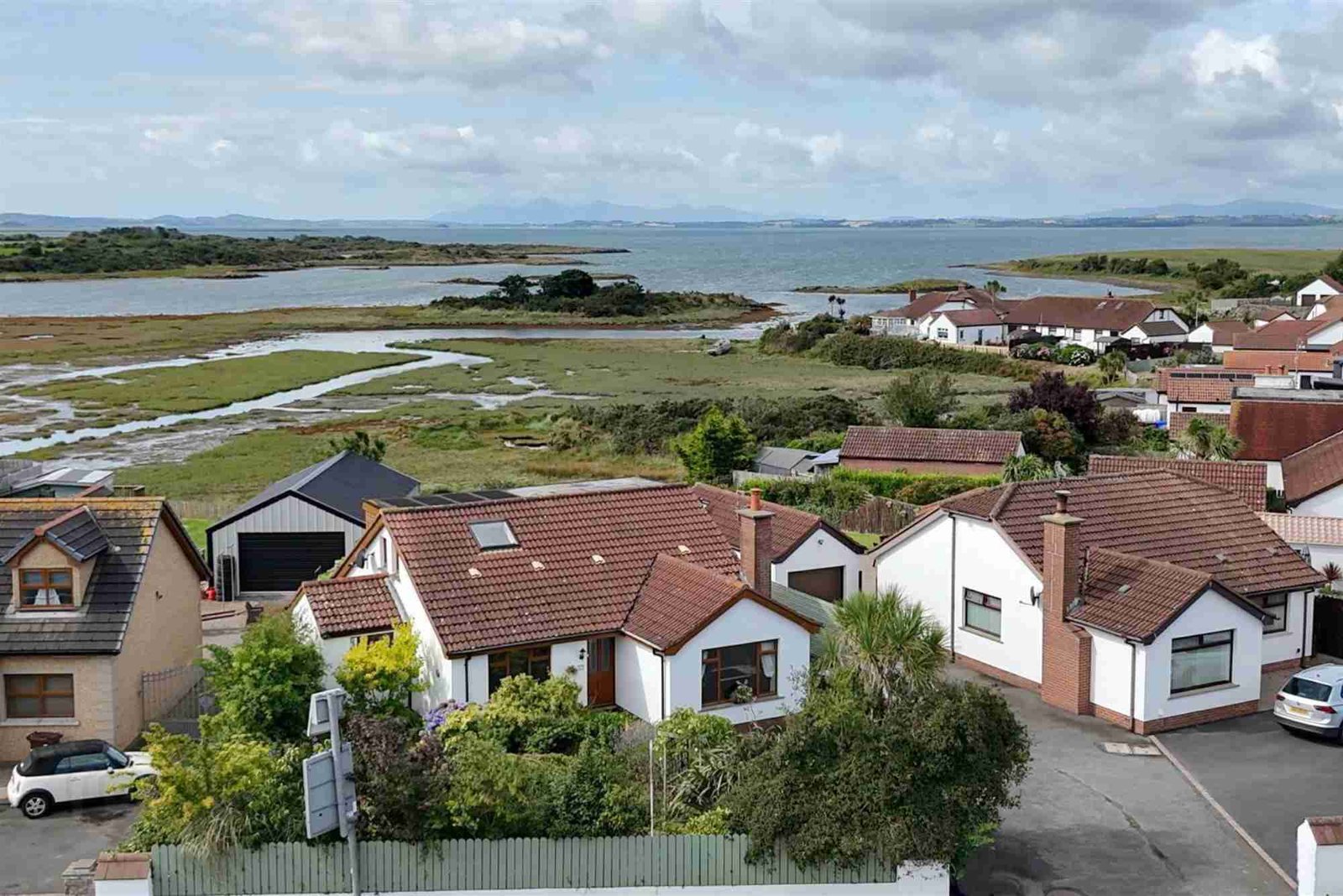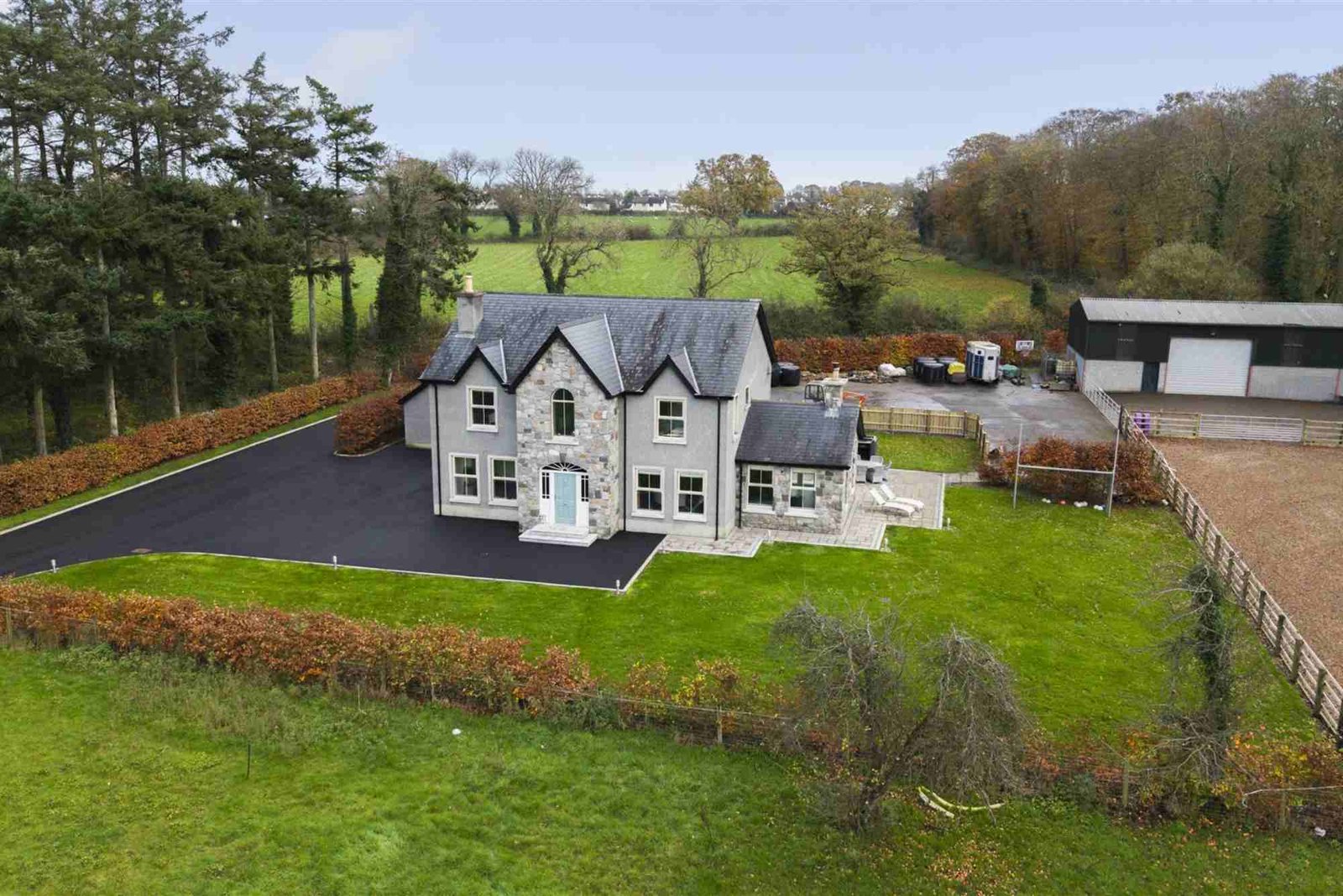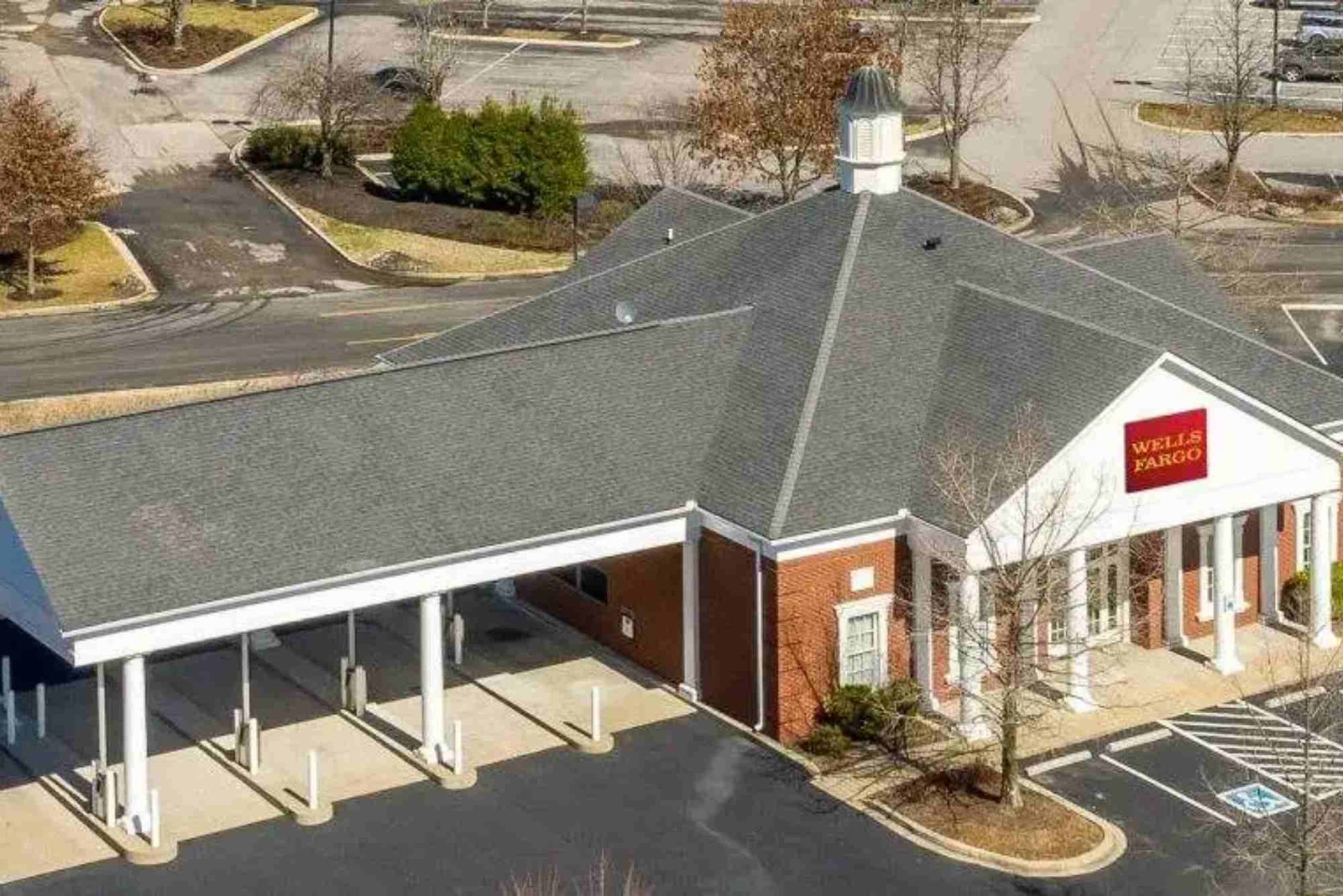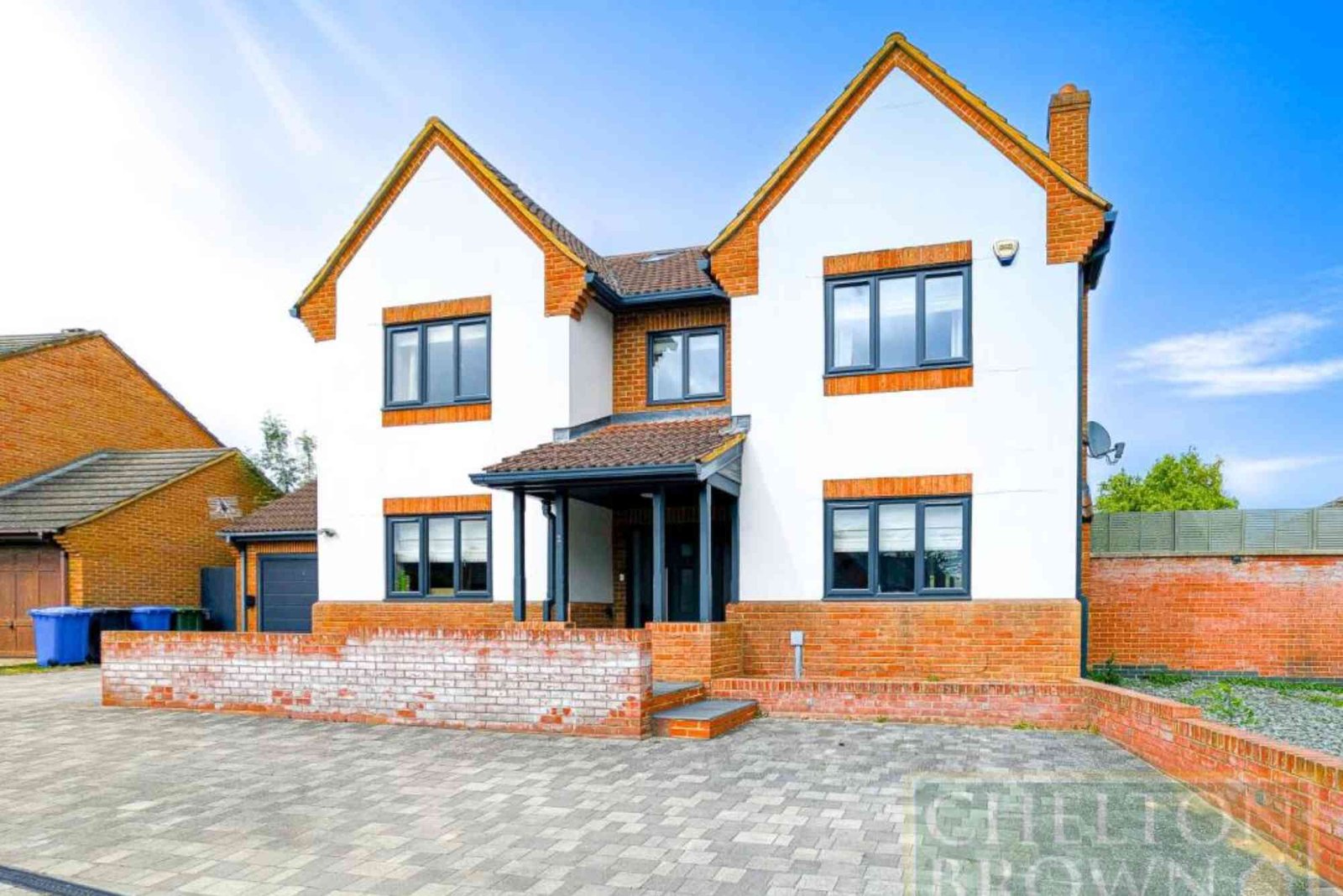Buying a home is an exciting milestone, but if you’re like most people, you’ll likely need a mortgage loan to make that dream a reality. Whether you’re eyeing a cozy apartment, a spacious villa, or a modern property like Rukan Residences, understanding how the mortgage loan process begins is crucial. This article will walk you through the early stages of securing a home loan, especially if you’re planning to invest in popular real estate markets like Dubai, where mortgage-backed purchases are increasingly common.
I’ve worked closely with several real estate professionals and financial advisors over the years, and I’ve helped many clients navigate the complexities of mortgage loans. Based on that experience, I’ll break things down in plain English to help you make confident, informed decisions.
The Starting Point: Assessing Your Financial Readiness
The mortgage loan process doesn’t begin at the bank—it begins with you. Before contacting any lender, take a realistic look at your financial health. This means checking your credit score, calculating your monthly income, understanding your debt-to-income (DTI) ratio, and identifying how much you can afford as a down payment.
In the UAE, most banks require non-UAE nationals to pay at least 20% of the property price upfront. For example, if you’re interested in buying a two-bedroom unit in Rukan Residences, priced at AED 800,000, you’ll typically need a minimum down payment of AED 160,000.
Knowing this in advance helps you avoid disappointment later. Financial readiness also includes having enough for transaction costs like bank processing fees, property registration, and agency commissions, which can total 5%–7% of the property’s value.
Step 1: Get Pre-Approval from a Lender
Once you’re confident in your financial standing, your next step is applying for a mortgage pre-approval. Pre-approval is not a loan itself, but a lender’s formal indication of how much they might be willing to lend you. This step is essential, especially in hot real estate markets, because it shows sellers and agents that you’re a serious buyer.
During this process, you’ll need to provide:
Passport and Emirates ID (or national ID for residents)
Proof of income (salary certificate or trade license)
Bank statements (usually 6 months)
Proof of existing debts (like car loans or credit cards)
In Dubai, several banks and finance institutions offer fast-track pre-approvals that can be issued in 2–5 working days. For those considering developments such as Rukan Residences, some real estate brokers even have preferred lender partnerships that can speed things up.
Pre-approval gives you a clearer picture of your budget. Say your pre-approved amount is AED 1 million—you now know you can safely explore listings within that price range without wasting time or emotional energy on homes out of reach.
Step 2: Choosing the Right Property
Armed with a pre-approval, you’re now ready to start house hunting seriously. If you’re exploring the Rukan Residences, located in Dubai Land, you’ll find a mix of modern townhouses and apartments, designed for community living. These properties appeal to both investors and end-users due to their affordability, design, and strategic location.
Rukan Residences is particularly attractive for first-time buyers using a mortgage because it offers flexible payment plans and relatively low entry prices compared to Downtown Dubai or Dubai Marina. Moreover, the development’s reputation for quality construction and amenities enhances your chances of bank approval, as lenders also consider the developer’s profile when processing the mortgage.
Working with a knowledgeable real estate agent can help here. They can connect you with mortgage-friendly developments and may even know which banks are most likely to approve financing for specific projects.
Step 3: Submitting a Formal Loan Application
Once you’ve selected a property and agreed on a price, you’ll move from pre-approval to a formal mortgage application. This involves more detailed documentation and, in most cases, a valuation of the property by a bank-approved third party.
This property valuation ensures the asset is worth the amount you’re borrowing. For example, if you agree to buy a unit in Rukan Residences for AED 850,000, but the bank’s valuation comes in at AED 800,000, the bank will only lend based on the lower value. That means you’ll either need to renegotiate the purchase price or come up with the extra AED 50,000 yourself.
Once valuation and documentation checks are done, the bank issues a final offer letter—the official loan agreement. You’ll need to review it thoroughly before signing, as it outlines the interest rate (fixed or variable), repayment period (usually 15 to 25 years), early settlement clauses, and penalties.
Step 4: Property Transfer and Mortgage Registration
With the loan offer in hand, you proceed to the final leg of the journey: completing the property transfer and registering the mortgage. In Dubai, this involves a visit to the Dubai Land Department (DLD) or one of its trustee offices. The process includes:
Paying the DLD transfer fee (typically 4% of the property price)
Registering the mortgage with the DLD
Completing ownership change documentation
Paying any final agency commissions or service charges
After these formalities, congratulations—you’re officially a homeowner!
At this stage, the bank disburses the loan amount directly to the seller (or developer, in the case of off-plan purchases), and your repayment schedule begins as per the agreement.
Special Considerations for Buying in Rukan Residences
Let’s talk specifically about Rukan Residences again. If you’re considering buying here, it’s worth noting a few benefits that align well with mortgage financing:
Developer reputation: Rukan is backed by a reliable developer, which improves the chances of bank approval.
Flexible payment plans: Some units offer post-handover payment structures, which can reduce the upfront financial burden even if you’re financing with a mortgage.
Rental potential: If you’re buying as an investor, Rukan’s location and community design can lead to favorable rental yields, helping offset your mortgage payments.
New construction perks: Being relatively new, Rukan properties may require less initial maintenance, which saves money for homeowners already managing monthly EMIs.
Working with a real estate agent familiar with the Rukan area and its developers will improve your overall experience and may even connect you with preferred mortgage rates or limited-time offers from partner banks.
Final Thoughts: Planning Ahead Makes All the Difference
Embarking on the mortgage loan journey may feel overwhelming at first, especially with the paperwork, financial obligations, and property evaluations involved. But breaking it into manageable steps—starting with your financial readiness and getting pre-approved—makes the path much clearer.
For those drawn to thoughtfully designed, affordable communities like Rukan Residences, understanding the mortgage process is even more essential. These projects offer a blend of lifestyle and investment potential, but they still require careful financial planning and timely action.
In my experience, the buyers who succeed in securing the best mortgage deals are those who begin their homework early, stay organized, and don’t hesitate to ask questions. Whether you’re buying your first home or adding to your investment portfolio, getting the mortgage process right from the start can save you money, time, and a lot of stress.
So if you’re serious about buying at Rukan—or anywhere else—take that first step today. Check your finances, get pre-approved, and surround yourself with trustworthy professionals. A mortgage loan is more than just a transaction; it’s the foundation of your next chapter.


